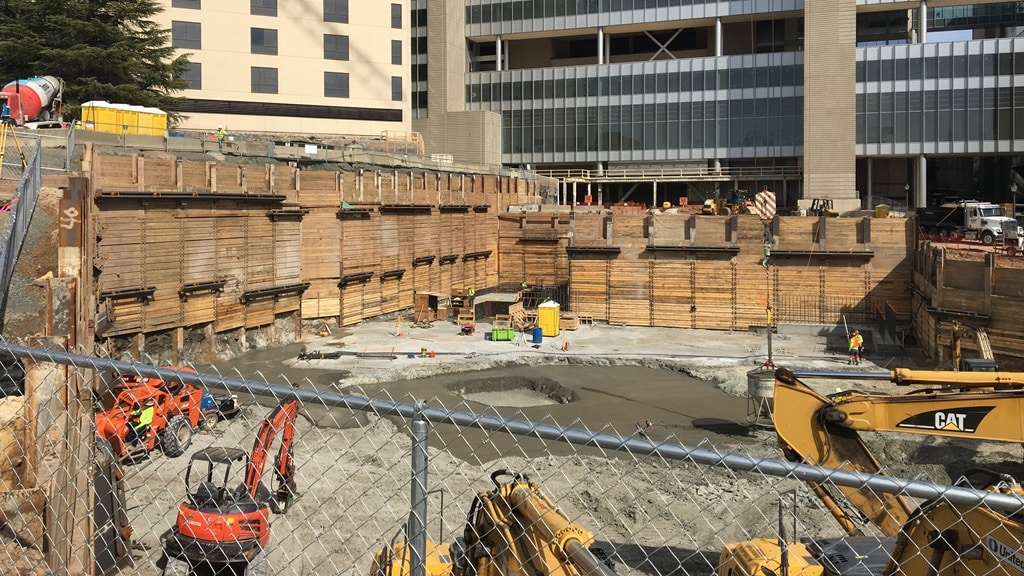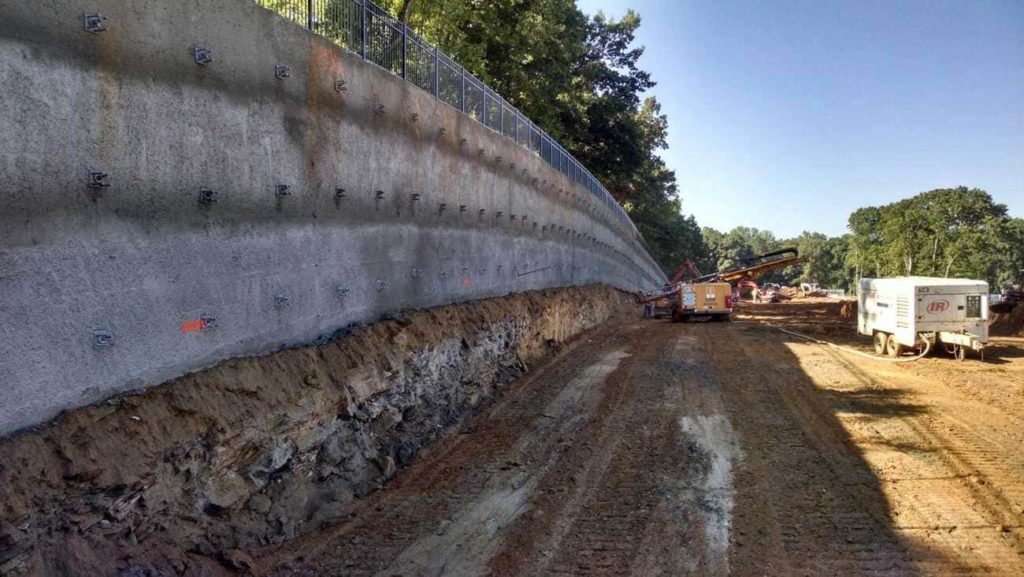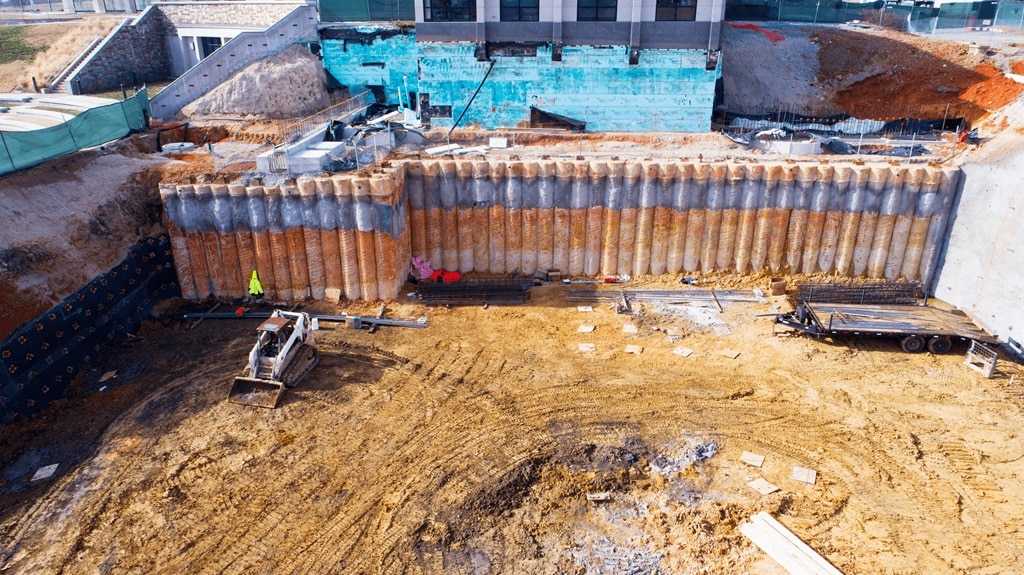Construction projects are ubiquitous in the busy concrete jungles that characterize modern cities. Whether it’s the erection of towering skyscrapers, the installation of intricate underground utilities, or the expansion of transportation networks, urban development is constant. However, amidst the chaos of city life, there lies a crucial aspect often overlooked by the casual observer – excavation shoring also known as support of excavation or SOE. This critical construction method ensures the safety and stability of construction sites in densely populated urban areas, where space is limited and surrounding structures are abundant.
Understanding Support of Excavation:
Support of excavation refers to the techniques and methodologies employed to prevent the collapse of soil and adjacent structures during excavation works. In cities, where buildings, roads, and utilities are closely packed, excavation activities pose significant risks if not properly managed. The absence of adequate support can lead to soil movement, ground subsidence, structural damage, and even endanger lives.
Challenges in Urban Excavation:
Excavating in urban environments presents a myriad of challenges that contractors must navigate with precision and foresight. Some of the key challenges include:
Limited Space: Urban construction sites often have limited space for equipment and material storage. This constraint complicates the deployment of conventional excavation support systems.
Proximity to Existing Structures: Excavation activities in cities are typically carried out in close proximity to existing buildings, roads, and utilities. Any disruption or damage to these structures can have massive financial consequences.
Underground Utilities: Beneath the streets of cities lie a network of utilities such as water pipes, gas lines, fiber communication lines, and electrical cables. Accidental damage to these utilities during pile installation, soil nail drilling, or tieback drilling may cause service disruptions and pose safety hazards.
Soil Conditions: Urban soil conditions can vary significantly, ranging from loose fill to hard rock. Understanding the geotechnical properties of the soil is essential for selecting appropriate excavation support methods.
Ground Water: Dewatering is required for soil nail or soldier pile shoring solutions but dewatering comes with risks. If the groundwater is contaminated, special filtration may be required before discharging the groundwater in the city storm drains. Lowering the groundwater may cause settlement of the surrounding buildings and streets if there is a thick compressible soil layer present.
Support of Excavation Techniques:
Engineers employ a variety of techniques to support excavations in urban areas, each tailored to the specific site conditions and project requirements. Some common methods include:
Soldier Pile Walls: This technique involves installing vertical steel piles (soldier piles) along the perimeter of the excavation, which are then laterally restrained with tieback anchors.
Soil Nailing: Soil nailing involves drilling holes into the excavation face and inserting steel bars or rods, which are then grouted in place. This technique reinforces the soil mass and prevents it from collapsing. One limiting factor for soil nail walls is missing existing utilities. Soil nails are installed 30 inches below the top of shoring elevation and are drilled nearly flat.
Secant Pile Walls: Secant pile walls consist of interlocking concrete piles installed in sequence to form a continuous barrier around the excavation. This method is often used when working near settlement-sensitive structures such as historic masonry buildings.
Conclusion:
Support of excavation is a critical aspect of construction in urban environments, where space is limited, and the stakes are high. By employing innovative techniques and leveraging advances in site monitoring and performance design techniques, shoring subcontractors can safely navigate the challenges posed by urban excavation projects.



